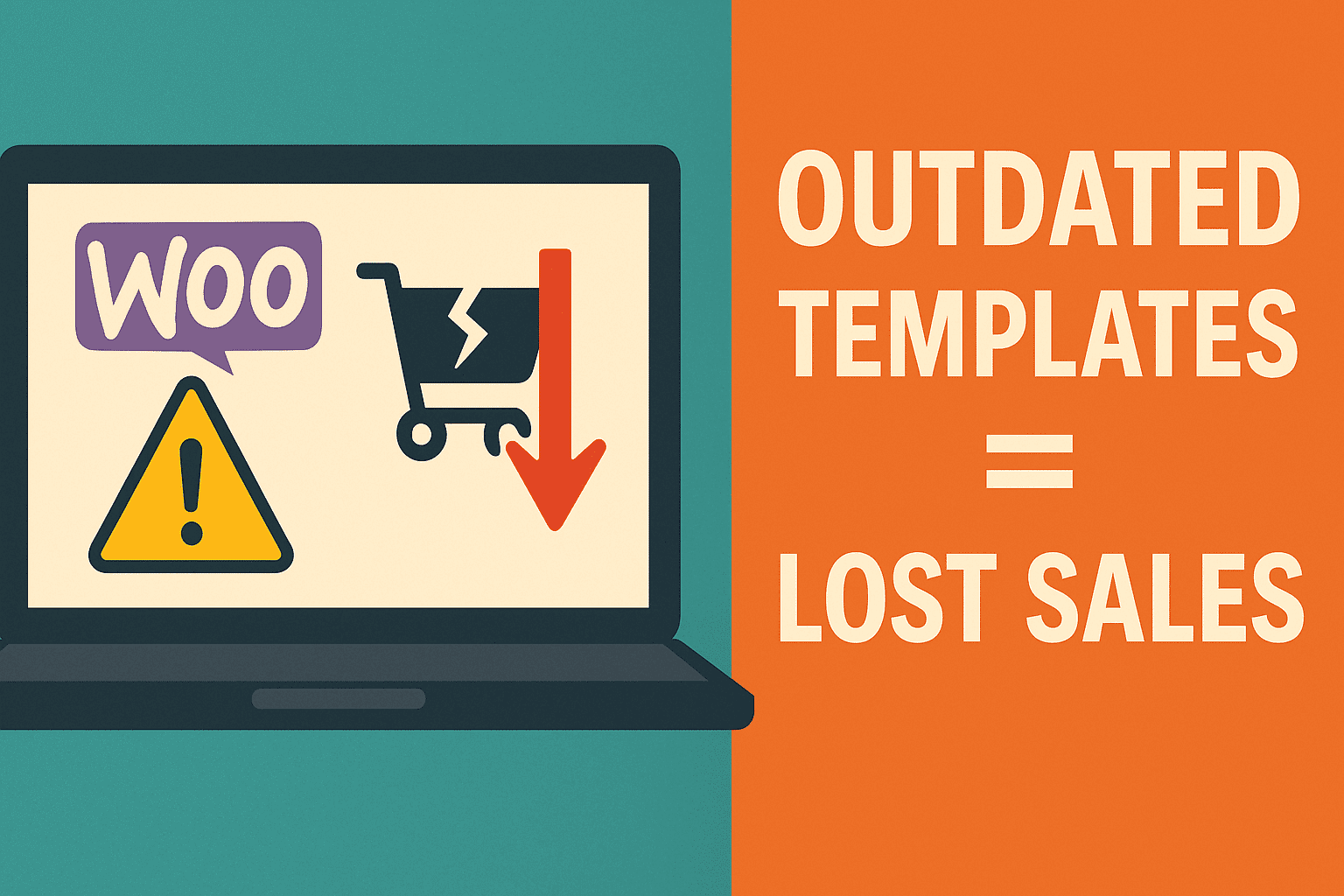What should you do if Google announces an algorithm change and your website appears to be impacted?
Even so, are the two related? In this comprehensive article, we’ll go over all of that and more on how to handle and recover from Google algorithm changes correctly.
Recall: What Causes Algorithm Updates?
A prime example is Google’s Core Algorithm Update from March 2024.
This was a confirmed algorithm modification, which means that Google released statements about it, in contrast to many of the adjustments that are rumored to occur throughout the year. But since it’s a “wide core update,” which means it doesn’t target any particular area, language, or kind of website, they haven’t provided any explicit instructions or ideas about what issues it is meant to fix.
This basically means that the update’s objective is to assist Google in improving its ability to evaluate content and identify which pages provide the most relevant results for users across the board.
Google has historically only mentioned their current documentation and guidelines on core updates in these situations, stating that pages that may perform worse following a core upgrade don’t always have a serious issue. The aim of the system modifications is to enhance the overall ability of the system to evaluate the quality of the content.
How to Identify & Assess the Effect of a Google Algorithm Change for Your Website
You must determine whether and how your site has been impacted before you can even begin to plan your recovery. Verify Whether There Was Truly an Algorithm Change That More People (i.e., Not Just You) Are Seeing.
Any formal remarks from Google, feedback from the SEO community, insights and broad patterns that appear to be related to the update, and more. However, keep in mind that it may take a few days (at the very least) for the unverified changes to appear, especially if you start to notice some of your sites being affected.
How to Get Over Google’s Updates to the Broad Core Algorithm
Although it may seem obvious, trying not to panic is the first step that must come before taking any action.
Because worrying causes overreaction, which in turn causes hasty decisions to be made based more on instinct than on what the evidence suggests.
Thus, take a step back and talk about it with people in the field who have been impacted and those who haven’t. Planning your response to the changes can then begin, and in any event, you should always feel at ease reaching out to communities.
Finally, but just as importantly, stand back and assess the true effect of this Google Algorithm Update on your revenue and how bad of a scenario you’re in as a result. Have your sales declined to the point where your SEO and marketing budget has also decreased?
Or have you only recently noticed a negative impact on traffic and search engine rankings, but your business model is designed to withstand such circumstances, allowing it to continue running smoothly and allocating the resources required to undertake the necessary recovery measures?
Examine the Update’s Real Goal (i.e., What Is Google Seeking to Solve?)
We previously discussed how to ascertain whether and to what extent your website has been impacted by a Google Algorithm Update.
Luckily, determining the true goal of the upgrade begins with that as well. Although it is true that Google bases all of its changes on improving the quality of search results, this knowledge is insufficient to help you decide which aspects of your website to prioritize and invest in.
You may occasionally—though not frequently—see Google formally validate the topic of interest for algorithm changes. The June 2021 modification to the spam algorithm is one such instance. As anticipated, specifics are still lacking, although Danny Sullivan of Google confirmed that the algorithm change was intended to combat spam.
Find Trends: Assess Whether Particular Content Types or Segments on Your Website Were Impacted It’s now time to examine analytics data to look for any trends. Exists a certain content category or kind of content that has seen a sharp decrease in popularity?
This can assist in identifying the reason behind the upgrade and help you begin to plan the appropriate course of action for future updates and site enhancements.
This trend data is a little harder to find in Google Analytics, but it is still accessible by going to Behavior > Site Content > All Pages. Next, compare it to the previous week and change the time period to correspond with the time frame when you saw that your website would be impacted, which was last week. In this manner, you’ll be able to determine whether any particular pages were impacted and whether you should investigate further to determine whether those postings were indeed impacted by organic traffic or by traffic from other sources that abruptly decreased.
At this point, you will also be able to see if the upgrade has affected your website’s complete content or just a few of your previously highly ranked posts. If it affected the entire website, this would usually be a sign of a quality problem that you haven’t seen until recently.
Analyze The Impact on Your Top 5–10 Rivals
If an update has reduced the amount of visitors to your website, it indicates that other websites are obtaining the same amount of traffic as you were.
Put simply, an update has no direct impact on the quantity of users searching or the number of queries they are conducting. Therefore, if traffic to your website has decreased, it is diverting to another location.
This may surprise you, but a good method to find out is to conduct your own Google searches.
Can you see any differences at all?
Where your site used to be, what businesses/websites are ranking, and is there anything noticeably different about their strategy?
To put it another way, is the content that is now outperforming and outranking you (which has harmed your site) just more trustworthy stuff? This means that Google discovered a superior piece of content that wasn’t outranking you previously but should have been.
Establish priorities. What Matters to Pay Attention To
Knowing what has changed and what is incorrect with your content, the following step is easy to take. Easy but not simple. Plan ahead and rank the things you want to tackle first according to what you believe will have the greatest influence.
One of Google’s key upgrades (E-E-A-T) applies here when examining your content and comparing it to the content that is suddenly outperforming other stuff. In SEO, E-E-A-T stands for Expertise, Experience, Authority, and Trustworthiness. Google’s Quality Rater Guidelines go into considerable detail about this idea. As time goes on and more websites start taking E-E-A-T into account, this will only become more and more significant. We’ve seen that a significant number of websites have suffered from Google Algorithm Updates due to a glaring absence of E-E-A-T.
According to Google’s own documentation, “the degree of authority, competence, and reliability (E-E-A-T) is crucial.”
This comprises:
- The background of the content author
- The level of experience of the content author
- The degree of authority possessed by the content author, the material, and the website overall.
- The credibility of the content provider, the material itself, and once more the website overall.
The degree to which this matters varies by industry; sites that fall more into the YMYL (your money or your life) category, i.e., those that assist users in making critical decisions, are understandably the ones that accord E-E-A-T the greatest weight.
Increase Traffic Variety
Even if your website is a magazine, organic search traffic is unquestionably the best source of reliable, scalable traffic; but, traffic and revenue shouldn’t come just from search engines; we’ll cover that in more detail later.
Gain Notoriety, Expand Your Audience
It’s far more precarious than if you structure your website (and business) to entice customers to come back when your entire business strategy is for people to visit your site solely for the terms you rank, forget about you, and maybe rank on your website again later.
And developing an audience and a following are actually crucial to this. In addition to simplifying many aspects of SEO, such as off-page SEO (also known as content promotion), this will also generate a ton of fresh visitors.
The four channels where we strongly advise devoting time and resources are as follows:
- Assembling a collection of emails
- Launching a channel on YouTube
- Expanding your Twitter following
- Additionally, if it makes sense for what you do and if your audience is large enough, you might want to consider creating a Facebook community for your business (possibly in a similar vein to how we use our own Facebook Group to support & connect industry professionals).
Spread Out Your Sources of Income
A concept that is somewhat linked to the last one but much simpler to do is diversifying your sources of income. There are differing opinions on how diverse your revenue sources should be; some believe that no single source should ever account for more than 50% of your income, while others even go so far as to suggest that it should only account for 5%.
This will be a long-term project to work toward, and you probably have one source of income at first (which is perfectly normal and not a problem). However, investing in creating additional revenue streams will also help shield you from algorithm updates in the future.





